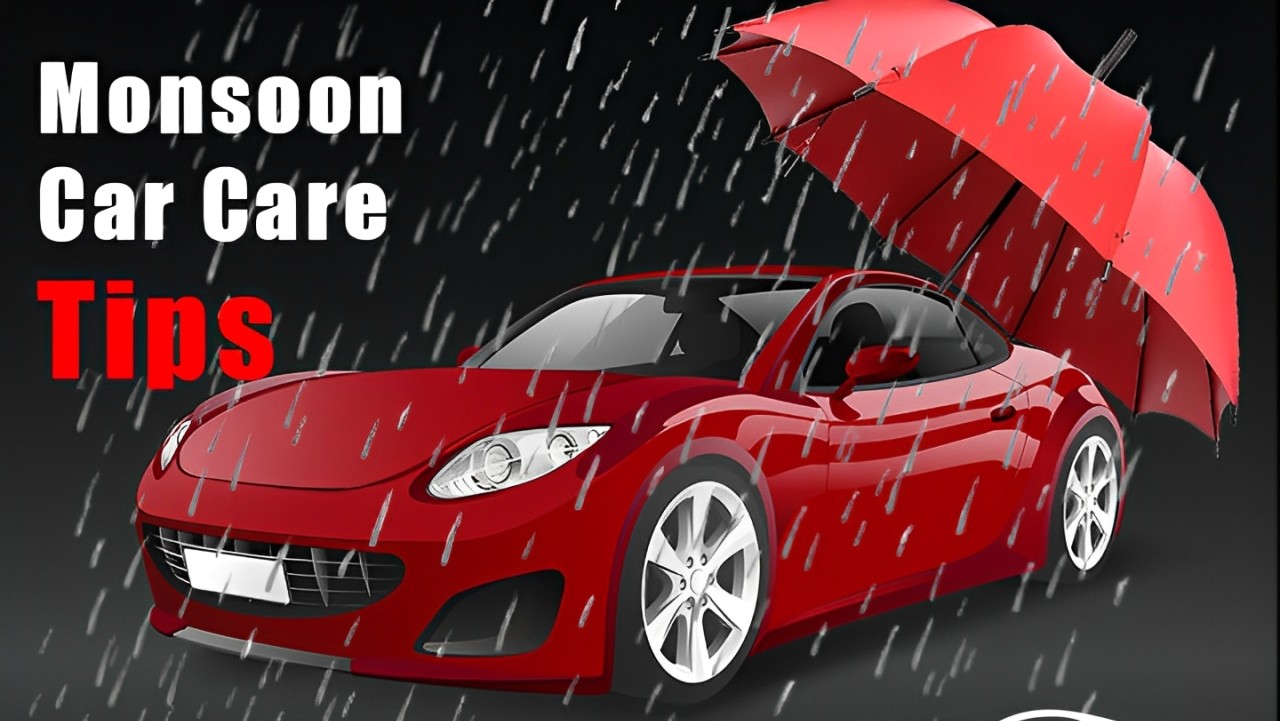Why Monsoon Is a Hidden Threat to Your Vehicle
As the monsoon sweeps across India, bringing relief from summer heat, it also ushers in a surge of vehicle-related risks. From waterlogged roads to electrical failures, the rainy season is notorious for triggering a spike in insurance claims. According to industry data, flooding, collisions, and water damage are among the top culprits behind monsoon-related vehicle issues. But with a few proactive steps, car owners can dramatically reduce the chances of costly repairs and breakdowns.
Key Highlights from August 2 Advisory
- Weather-related motor insurance claims rise sharply during monsoon months due to flooding and waterlogging
- Electrical short circuits and engine failures are common in submerged vehicles
- Preventive maintenance and smart parking choices are essential for monsoon-proofing your car
1. Prioritize Vehicle Health Checks
Before the rains hit full force, ensure your car is in top shape. This includes:
- Inspecting tire tread depth and pressure to prevent skidding
- Checking brake responsiveness and fluid levels
- Replacing worn-out wiper blades and topping up washer fluid
- Ensuring headlights, taillights, and hazard lights are fully functional
These basic checks form your first line of defense against unpredictable road conditions and poor visibility.
2. Choose Your Parking Spot Wisely
Where you park during the monsoon can make or break your car’s safety. Avoid:
- Low-lying or flood-prone areas, even if they seem convenient
- Parking under trees or near electric poles, which pose risks from falling branches or live wires
Opt for elevated or covered parking spaces to minimize exposure to water and debris.
3. Avoid Driving Through Waterlogged Roads
One of the most expensive mistakes during monsoon is attempting to drive through flooded streets. Doing so can lead to:
- Water entering the engine, causing hydrostatic lock
- Electrical system failures due to short circuits
- Brake and suspension damage from submerged potholes
If you must drive, stick to higher ground and avoid areas known for poor drainage.
4. Protect Rubber Seals and Electrical Components
Rainwater can easily seep into your car’s cabin if rubber seals around doors and windows are worn out. To prevent leaks:
- Clean seals regularly and apply silicone-based protectants
- Inspect for cracks or gaps and replace damaged sections
Also, ensure your battery terminals are clean and wires are properly insulated to avoid electrical failures.
5. Invest in Anti-Rust Treatment and Interior Care
Constant exposure to moisture can lead to rust, especially in the underbody. To safeguard your car:
- Apply anti-rust coating to vulnerable areas
- Use moisture-absorbing mats inside the cabin
- Keep upholstery dry and clean to prevent mold and foul odors
These measures not only protect your car’s structure but also enhance comfort during long rainy drives.
Looking Ahead: Insurance and Peace of Mind
Understanding your motor insurance policy is just as important as physical maintenance. Make sure your coverage includes protection against flood damage and towing assistance. Being informed helps both you and your insurer manage risks more effectively.
Monsoon doesn’t have to mean mechanical misery. With a little foresight and care, your car can weather the season safely and smoothly.
Source: Economic Times
